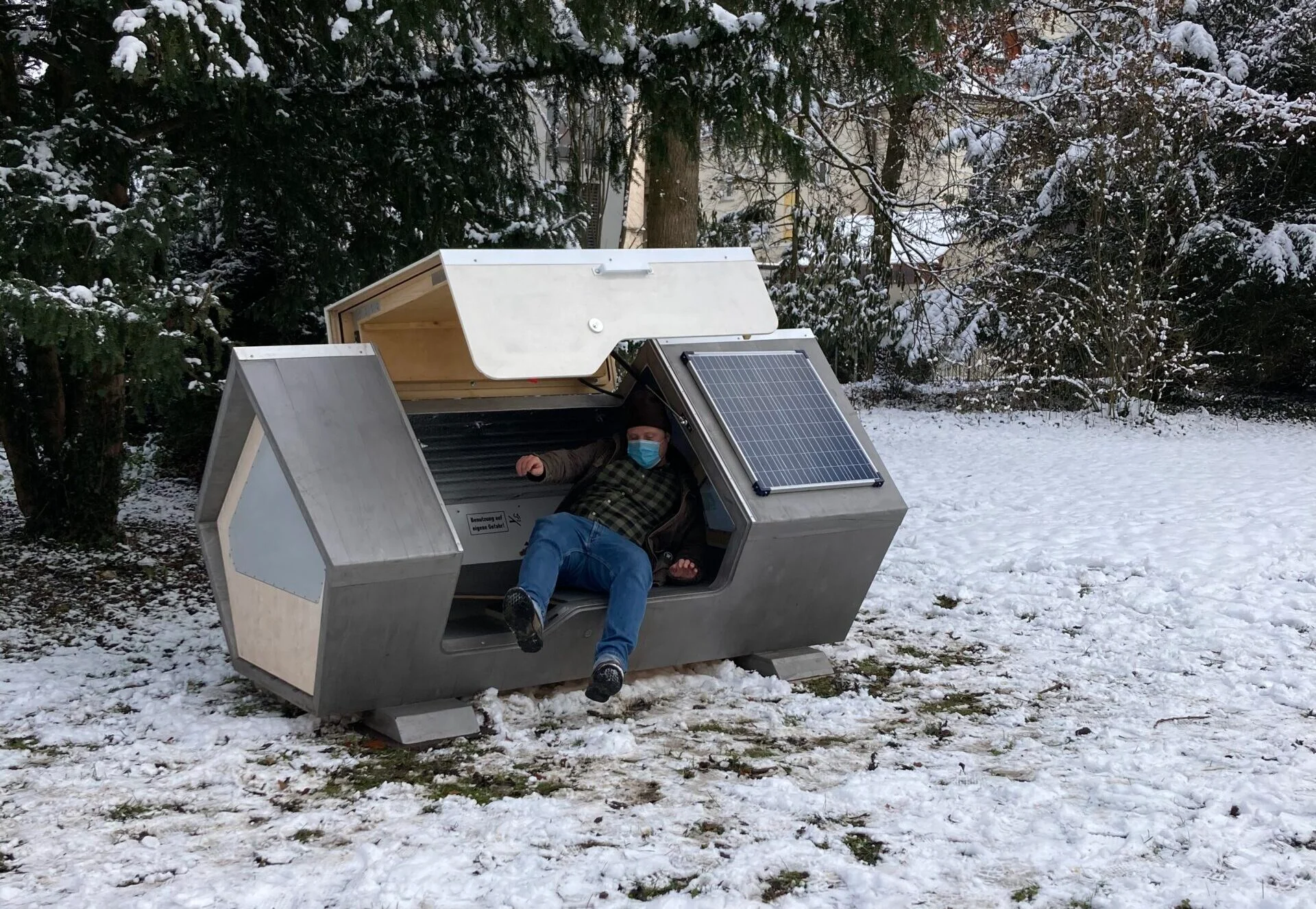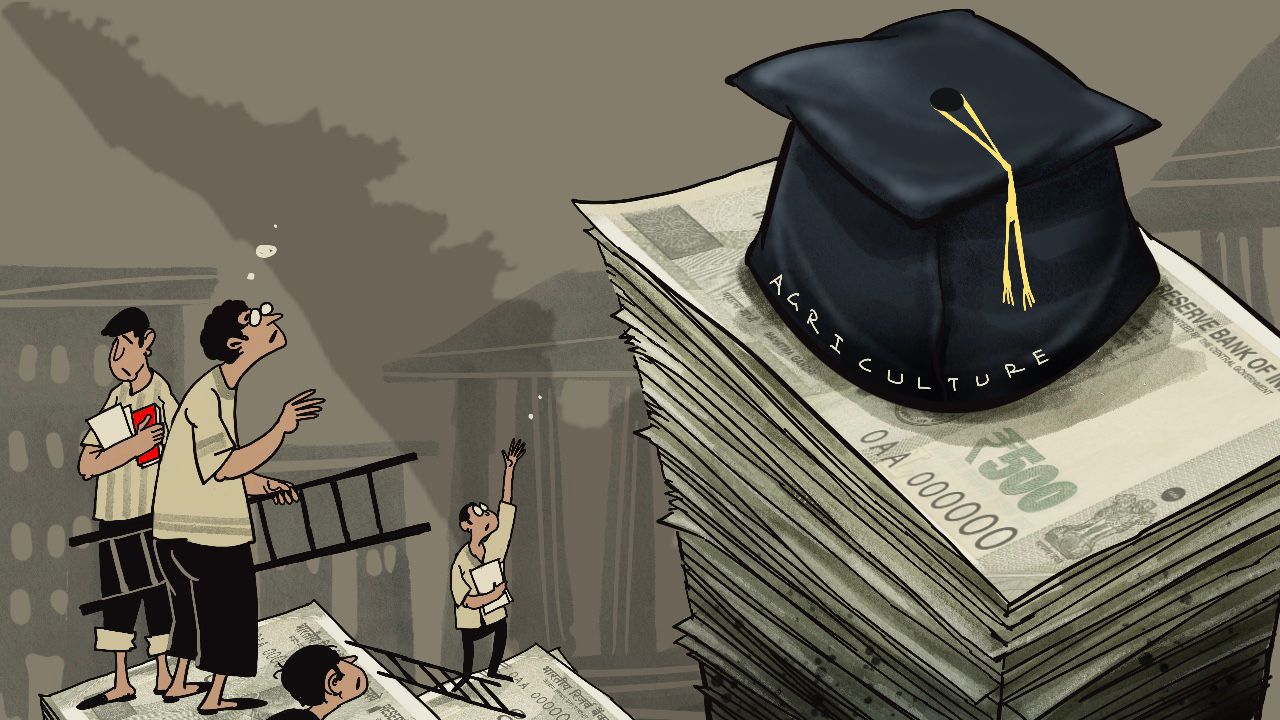Copyright forbes

The Department of Education has issues a new rule that would limit Public Service Loan Forgiveness for some student loan borrowers. Getty Images The Trump administration is set to publish a new regulation on the Public Service Loan Forgiveness Program that could make it harder for student loan borrowers in public service roles to access PLSF. The rule will be officially published tomorrow, but it is already available to view online. The controversial rule would bar employees of organizations that are deemed to have “substantial illegal purpose” from the PSLF program. The rule lists supporting foreign terrorist organizations, trafficking and violating child abuse laws, and “aiding and abetting illegal discrimination, among others as activities that would disqualify and employer from qualifying. The rule change will go into effect on July 1, 2026, and will only apply to activities that happen after that date, there is no retro-active element to the new regulation. Why Is The Trump Administration Changing Public Service Loan Forgiveness Rules? The Trump administration has said that the rule change is focused on maintaining the integrity of the PSLF program, so that taxpayer funds are not supporting organizations it deems to be engaged in “substantial illegal activity”. MORE FOR YOU “Taxpayer funds should never directly or indirectly subsidize illegal activity,” Nicholas Kent, the undersecretary of Education, said. “The Public Service Loan Forgiveness program was meant to support Americans who dedicate their careers to public service — not to subsidize organizations that violate the law, whether by harboring illegal immigrants or performing prohibited medical procedures that attempt to transition children away from their biological sex.” The Department of Education, in the 185 pages of comments, regulatory text, and explanation for the rule change, provided no examples of people who have received PSLF while working at an organization that would be considered as “engaging in “substantial illegal activity” under the new rules. How Does The Public Service Loan Forgiveness Program Work? Congress created PSLF on a bipartisan basis, and the program was signed into law by then-President George W. Bush in 2007. Congress designed PSLF to forgive the student loans of people who hold a public service job and have made at least ten years of payments on their loans. People who work for the federal, state, local or tribal government and most non-profit employees are eligible for PSLF, as are employees of other public entities, like public colleges, schools, and the military. To qualify for PSLF, borrowers must make 120 payments on qualifying loans, generally in an income-driven (IDR) repayment plan, while working for a qualifying employer. The program has faced significant implementation challenges and, until recently, very low approval rates. Loan Forgiveness under PSLF is all or nothing, and student loan borrowers have to make all 120 qualifying payments while employed at an eligible employer and must be working at an eligible employer when forgiveness is granted. The change in regulations could leave borrowers who are within a few payments of qualifying for- forgiveness out in the cold if their employer is suddenly considered ineligible. This concern was raised in the public comments on the rule, especially for workers in smaller towns and rural areas, where finding a new eligible employer is much harder than in larger metro areas. The PSLF program faced challenges when the first groups of borrowers started to reach 120 payments, with low approval rates, and significant borrower frustration. The Biden administration attempted to streamline the program, and created a waiver to help borrowers placed into payment plans that did not qualify for PSLF have payments recounted. Approximately 1 million student loan borrowers had their loans forgiven under PSLF during the Biden administration. What Criticism Is The Administration Facing For Its Changes To The Public Service Loan Forgiveness Program? Critics of the new regulation have pointed out that it could infringe on free speech rights, be used as a political weapon to penalize non-profits engaged in work the administration is ideologically opposed to and make it harder for student loan borrowers to enter careers in public service. “Public service loan forgiveness was created as a bipartisan effort to make higher education more affordable and attract talented individuals to serve our communities, including law enforcement, firefighters, teachers, and nurses, said Democrat Representative Bobby Scott, Ranking Member of the House Education and Workforce Committee. “Now, the Trump Administration is politicizing this critical debt relief and making repayment less affordable by preventing public servants whose work does not align with President Trump’s partisan political agenda from accessing loan forgiveness. These might include organizations that serve marginalized communities, such as those advocating for civil rights or immigrant and refugee families amidst rampant ICE raids, or health providers that serve LGBTQ+ youth. Republican lawmakers voiced support for the rule change, with Education and Workforce Committee Chairman Tim Walberg (R-MI), saying that, “Aiding illegal immigration, supporting terrorism, or promoting child abuse through gender transitions is not ‘public service.’ Public comments published along with the final rule critiqued the vagueness of the definitions, questioning whether the lack of specific guidelines was an attempt to weaponize the regulation to force the administration’s ideological agenda on to non-profit organizations. The Department of Education rejected these comments, arguing that the new regulations were appropriately specific, and made no changes to the proposed rule. Will The New Public Service Loan Forgiveness Rules Face Legal Challenges? Student loan advocacy organizations have said they intend to sue the administration to try and block the new regulation from taking effect. “This is a direct and unlawful attack on nurses, teachers, first responders, and public service workers across the country, said Protect Borrowers and Democracy Forward, , both national legal organizations in a joint statement. “Congress created the Public Service Loan Forgiveness (PSLF) program because it is important for our democracy that we support the people who do the hard work to serve our communities. This new rule is a craven attempt to usurp the legislature’s authority in an unconstitutional power grab aimed at punishing people with political views different than the Administration’s. In our democracy, the president does not have the authority to overrule Congress. “That’s why we will soon see the Trump-Vance Administration in court.” It seems likely that the new rule will lead to more uncertainty for struggling student loan borrowers who are counting on the Public Service Loan Forgiveness, while legal challenges work their way through the courts. Editorial StandardsReprints & Permissions



